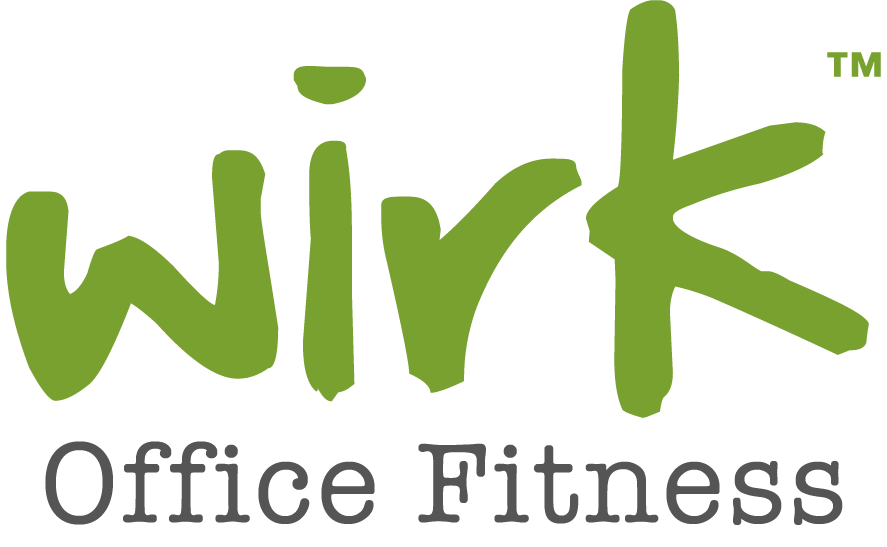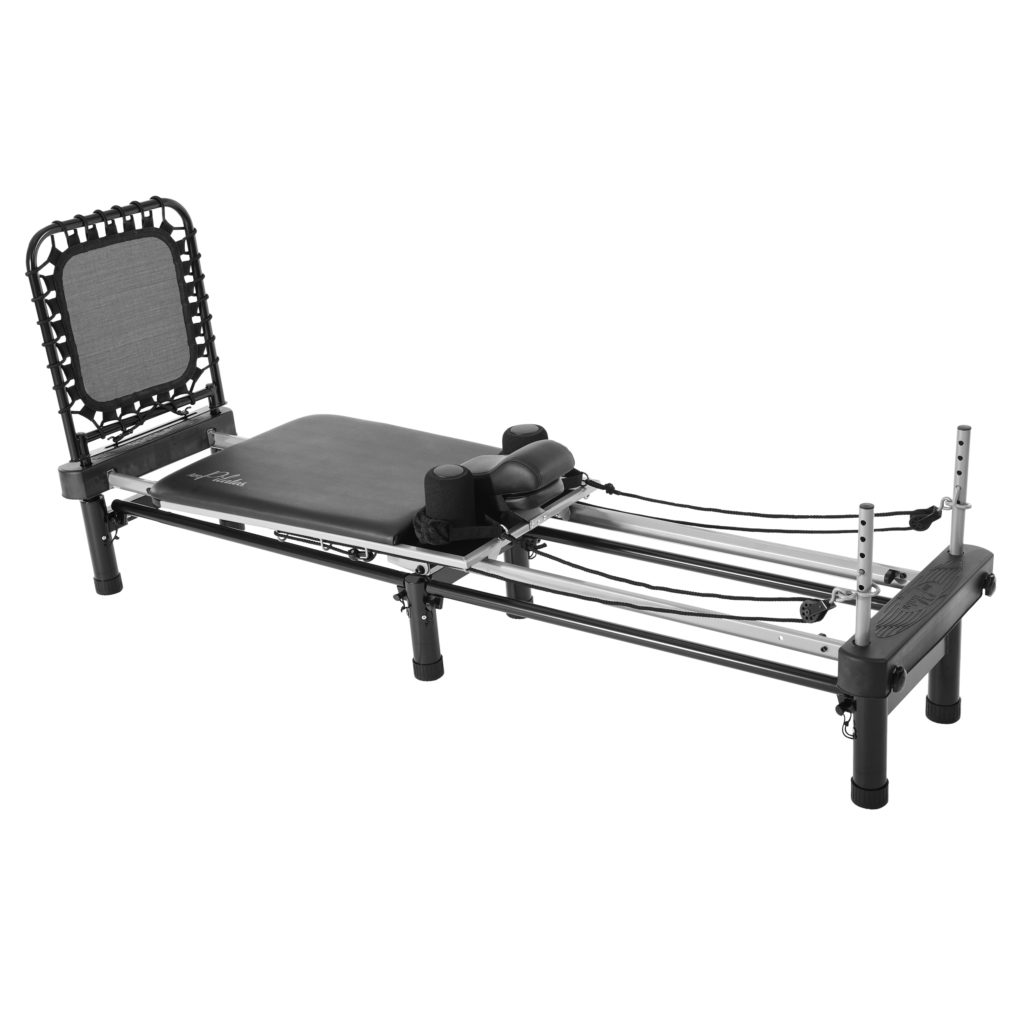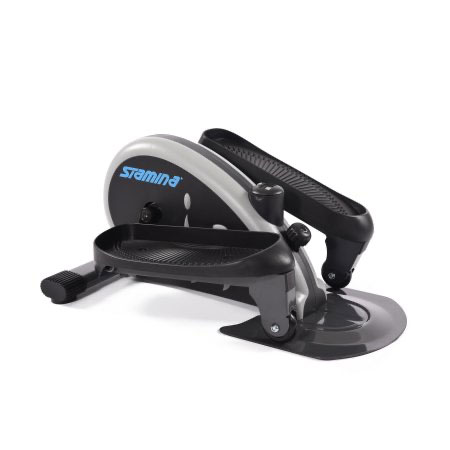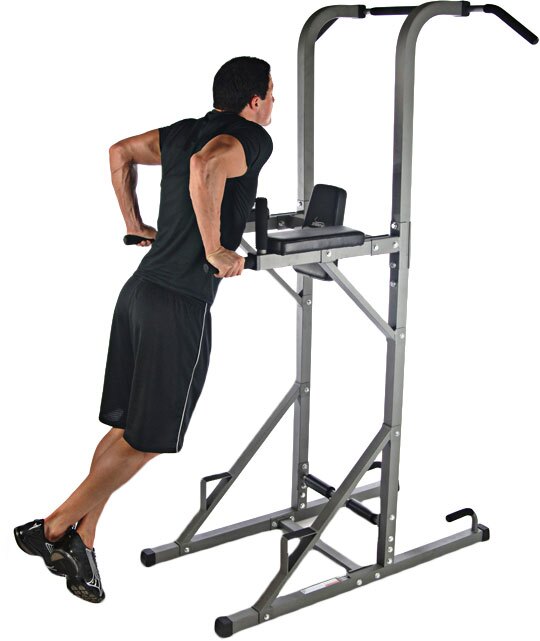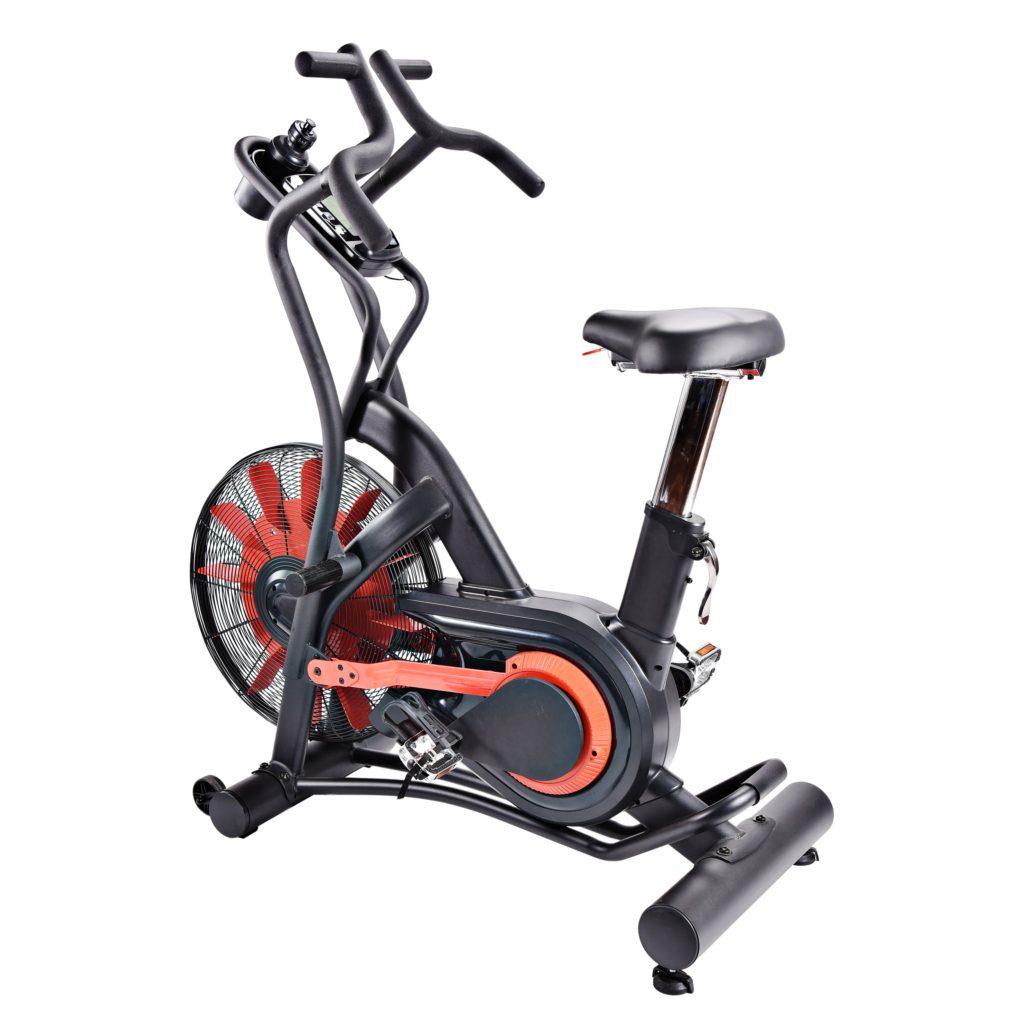9 Exercises to Relieve Back & Neck Pain from Herniated Disks
One minute you’re lifting the living room chair across the room. The next minute: Ouch! You feel pain shoot down your back. You may have a herniated disk.
Herniated disks affect 2% of the population each year. They can happen when you twist while lifting something heavy or if you have an accident like a fall or car crash.
An intervertebral disk herniates when its jelly-like nucleus pushes through its protective outer ring. When a disk bulges or tears, it puts pressure on the spinal cord and surrounding nerves. The disk’s material also releases chemicals that can further irritate the spine.
The soft, cushiony disks between your spine’s vertebrae lose water and shrink as you age. Losing fluid makes the disks less flexible, so they are more susceptible to tears.
How can you prevent a herniated disk?
Follow these tips and herniated disk exercises to keep your spine strong and flexible.
The information provided in this article is for educational purposes only and is not a substitute for professional medical advice. Please seek a medical professional for treatment or diagnosis, and consult your doctor before performing any exercises or stretches.
Do I Have a Herniated Disk?
Most herniated disks occur in the cervical and lumbar regions of the spine—or the neck and lower back.
What does a herniated disk in the neck feel like? A herniated or bulging disk in your neck may cause neck, shoulder and arm pain. You may have trouble turning your head without discomfort. Some people also experience muscle spasms.
If you have a herniated disk in your lower back, you may experience sharp, shooting pain in your back and down one side of your body.
Herniated disks often put pressure on the sciatic nerve, which starts at the base of your spine and runs down both legs. When the sciatic nerve is inflamed, you may feel burning, tingling or numbness down one leg. Pain from irritating this nerve is called sciatica.
Herniated disk symptoms include:
- Sharp pain
- Burning pain
- Sciatica
- Numbness
- Tingling
- Muscle weakness

What Should You Not Do With A Herniated Disk?
People with herniated disks shouldn’t lift heavy objects, bend with their backs, twist or participate in high-impact activities. If you have to bend, rely on your legs to support you instead of curving your back.
You should avoid exercises like jogging. Vigorous cardio exercises can jar the spine and make matters worse.
Resting can be helpful, especially if your pain is severe. Just don’t go overboard on bed rest. Too much rest can cause your back to stiffen from lack of movement, and a stiff back can make you even more uncomfortable.
Most people recover from herniated disks with a little TLC. Up to 90% of people who have herniated disk pain find that the pain gets better on its own or with simple medical care.
You should seek medical advice for severe pain that doesn’t lighten up over time.
Herniated Disk Exercises: How to Prevent A Herniated Disk
There’s no magic fix to heal a herniated disk. And there isn’t a special trick to eliminate the risk of tweaking your back. You can prevent a herniated disk and reduce back pain by stretching and strengthening your lower back muscles and spine.
These herniated disk exercises can lessen the pain you’ve been feeling and help realign your spine. If you’re searching for preventative measures, these exercises boost spine strength and mobility. Perform these stretches multiple times a week for the best results.
Following these exercises may relieve herniated disk pain in your neck and lower back, but listening to your body is important. Do not continue with an exercise if it causes more pain.
Before trying any new exercise, we recommend you consult with your doctor.
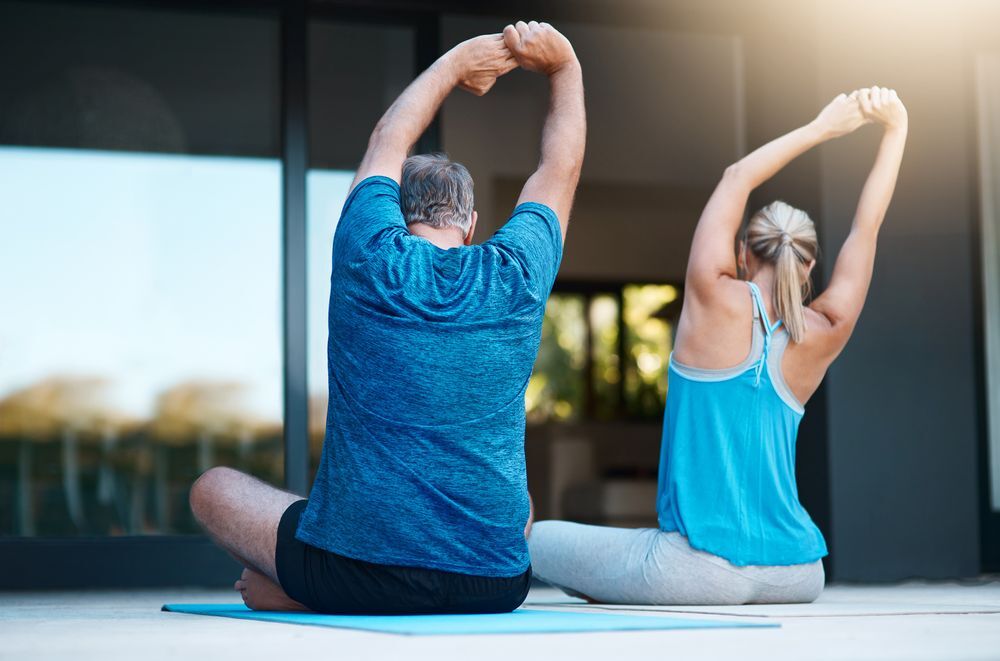
Stretches for Herniated Disk Lower Back Pain
Learn more about how to relieve herniated disk pain in the lower back.
1. Lumbar Extensions
It can be difficult to find the right move to stretch your lower back. Reduce pressure on your spinal disks with lumbar extensions. Try holding these standing extensions for a few seconds and repeating the stretch 10 times.
- Start by standing with your hands on your hips.
- Push your hips forward gently. You should feel your lower back extend.
- Hold here for a few seconds.
- Repeat.
2. Back Flexion
The back flexion exercise is performed lying down, reducing strain on the back and spine. This exercise can help reduce back pain and improve mobility for individuals recovering from a herniated or bulging disk. Be careful when performing this exercise, and talk to your physician before integrating it into your routine.
- Lie flat on the floor.
- Bring both knees to your chest and hold them there.
- While you do this, move your head forward until you feel a stretch in your mid and lower back.
- Repeat.
3. Standing Overhead Reach
Realign your intervertebral disks with this exercise. The standing overhead reach is a simple move you can do at home, in the office or while you travel.
- Stand tall.
- Raise both arms over your head slowly. You should feel a stretch in the middle of your back.
- Hold your arms overhead for a few seconds before bringing them back to your sides.
- Repeat.
4. Spinal Decompression Stretch
Pressure on your spine is uncomfortable. When you stretch the space between vertebrae, you help release this tension. You can decompress your spine by hanging, inverting or lying on your back.
- Find a doorframe pull-up bar or playground monkey bars.
- Grab onto the bar using an overhand grip.
- Hang for 30 seconds and repeat. If your feet touch the ground, lift them at your knees.
You can use a variety of spinal decompression equipment to help you get better results. Inversion chairs release pressure on the spine, and adjustable benches help you stretch without turning upside down.
5. Prone Extension Stretch
The prone extension stretch helps reposition the affected disk while stretching your back. Go into this stretch gently. Stop if you experience any pain trying this stretch or any other exercises.
- Lie face down on an exercise mat.
- Position your forearms next to you with elbows bent at 45 degrees.
- Slowly bring yourself up onto your elbows. Keep your hips on the floor.
- Press upward until your elbows reach a 90-degree angle.
- Hold the position here for 10 seconds.
- Return to start and repeat.

Stretches for Herniated Disk Neck Pain
Herniated disks can cause unwanted neck pain. Reduce neck stiffness and discomfort with some simple neck stretches. You can do these standing up or sitting down. These stretches are perfect to do at work—you won’t have to leave your desk.
Start each of these exercises by sitting or standing up straight.
- Chin tuck. Move your chin toward your chest slowly until you feel a stretch in the back of your neck. Don’t force your chin to touch your chest.
- Lateral band stretch. Move your left ear toward your left shoulder. You should feel a stretch in the opposite side of your neck. Repeat on the other side by moving your right ear toward your right shoulder. Your ear does not have to touch your shoulder.
- Corner stretch. Face the corner of a room with your forearms on each wall. Your elbows should be shoulder height as you lean forward. When you lean into this stretch, you should feel it underneath your collarbone.
- Scalene stretch. Sit in a chair and hold the seat with your left hand. Move your left shoulder blade down as you bend your right ear toward your right shoulder. Repeat on the other side.
During each stretch, hold the position to loosen and lengthen your neck muscles. Be slow and deliberate with your movements. Avoid neck circles and quick, jerky movements that could strain your neck and cause pain.
Spinal Decompression Equipment for Your Home Gym
How can you improve your back health at home? Take advantage of Stamina’s back health equipment to decompress your spine and stretch those lower back muscles. Bring back health to your home gym.
- Active Aging EasyDecompress. Put this inversion machine on your wishlist! The Active Aging EasyDecompress helps you slowly decompress the lumbar spine without feeling out of control. Great for people with limited mobility, this decompress is low to the ground, comfortable and easy to operate.
- Inline Back Stretch Bench with Cervical Traction. Combine traction therapy with decompression. Our easy-to-store back stretch bench helps you stretch deeply to reduce pain in your back, knees, hips and ankles.
- Stamina Inline Inversion Chair. Bring the inversion therapy you love home. Inversion chairs use your body weight to safely decompress and lengthen the spine, helping you reduce tension and feel refreshed.
- Inline Traction Control System. You don’t have to hang upside down to stretch your back and hips. The Inline Traction Control System helps reduce joint pain and improve posture. This system is a better option for those with limited mobility and high blood pressure.
Always discuss new exercises with your doctor, especially if you have recurring back pain, a herniated disk or another medical condition.
Need relief? We’ve got your back.
Shop all back health products today.




